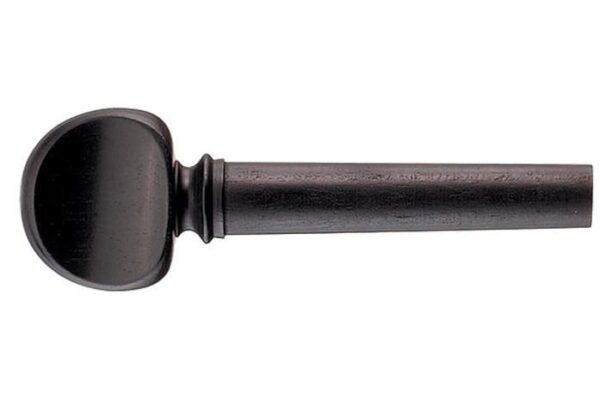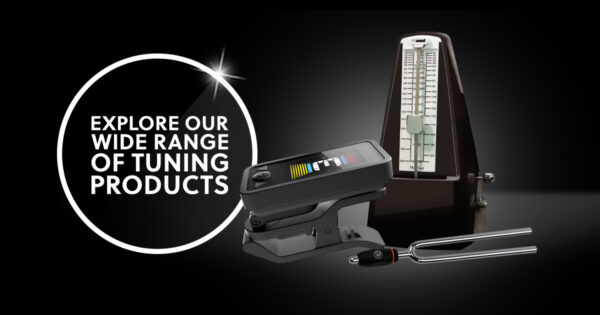

As a last resort, take the peg out and examine the worn areas for evenness. If this is the case, you will need to have a new hole drilled.Īs pegs shrink, holes can end up too close to the peg box wall. This can prevent proper string winding, and prevent the peg from from fitting properly into the pegbox. Is it too close to the pegbox? Is it starting to go into the pegbox wall? As a the wood of a new peg ages, shrinks, and gets deeper into the pegbox, the hole can end up too close to, or inside the peg box wall.

CELLO TUNING PEGS HOW TO
See the previous post for how to wind a string properly.Īn improperly wound string can create tension that forces the peg out. A string wound in the wrong direction can actually make the peg want to pop out. With a properly wound string, the tension from the winding of the string helps keep the peg in the pegbox. Is the string wound neatly and in the right direction? How you wind your strings can have a huge impact on whether your pegs slip.After tuning a few times, the pegs should settle into the new conditions. The pegs have shrunk and, at the same time, the hole has widened. Dry weather is usually the culprit during winter.Make sure you are pushing the pegs in firmly as you turn them. Are you pushing the peg into the pegbox as you tune? The pegs need friction to stay in place.Go through and check for the following causes of slipping pegs: The pegs stay in place due to a combination of friction and the cooperating forces from properly fit pegs, proper string winding, and proper tuning technique. Too quick and strong a force can break the peg, and then you will have new problems on your hand: how to get the end of the peg out of the peg box, and the expense of getting a new peg fitted! Let the leverage of the pliers do the work – it should be quite easy. It’s easier and it avoids accidentally breaking strings. Always turn pegs towards you to loosen the string.Hold the pliers PERPENDICULAR to the peg head and apply GENTLE pressure to loosen the peg.Use a rag or some thick material to cover the peg head and protect it from being marred by the pliers.When you don’t use them, they can expand with humidity and other factors and get stuck – really stuck! It is such a time-waster! So here’s a quick post to help you troubleshoot problems with violin, viola, and cello pegs, and how to prevent peg problems as much as possible.Įver have those times when a peg just won’t budge? When you use pegs regularly, you naturally adjust them in response to changing environmental conditions. You try to start class, and you are regularly interrupted by peg problems. Or it’s summer and humid, and pegs are stuck. It’s winter, it’s dry, and… it’s the season for slipping pegs.


 0 kommentar(er)
0 kommentar(er)
